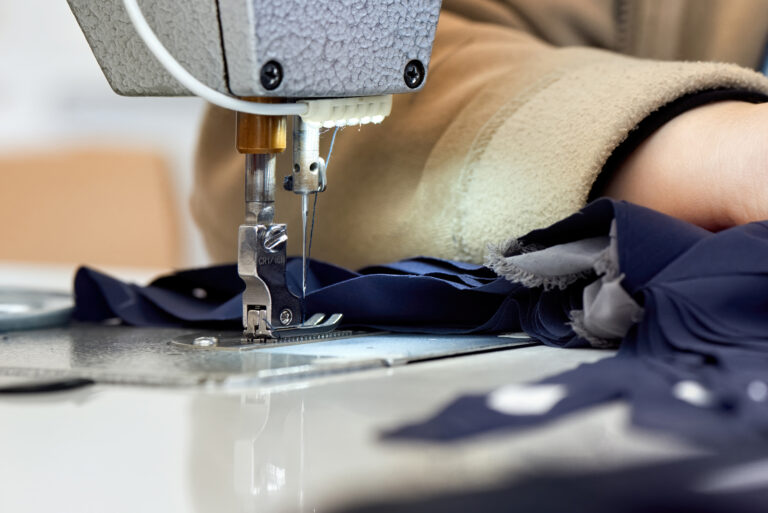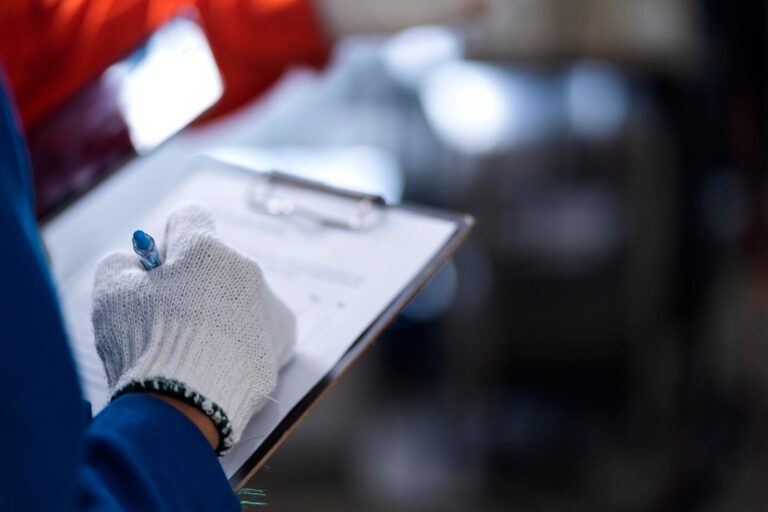The workwear industry is evolving rapidly, driven by both technological advancements and the growing demand for sustainable solutions. As businesses and workers alike seek more eco-friendly and high-performance options, the spotlight is now on the development of water-repellent and fire-resistant sustainable fabrics. These materials are not only changing how workwear is made but are also setting new standards for safety, comfort, and environmental responsibility across the globe.
Let’s take a closer look at these game-changing fabrics and how they are transforming the workwear manufacturing industry.
1. Water-Repellent Fabrics: Keeping Workers Dry Without the Environmental Impact
Water-repellent fabrics are essential for workers in outdoor jobs, from construction sites to emergency services, where staying dry is critical for comfort and safety. Traditionally, these fabrics were treated with chemicals like perfluorocarbons (PFCs), which, although effective at repelling water, are harmful to the environment. As sustainability becomes more important, workwear manufacturers are shifting towards PFC-free water-repellent coatings that are equally effective but far more eco-friendly.
These water-repellent fabrics are made using a variety of sustainable technologies, including plant-based treatments and biodegradable coatings. The goal is to keep workers dry and protected without causing harm to the planet.
Benefits of Sustainable Water-Repellent Fabrics:
- Eco-Conscious: Unlike traditional PFC-based coatings, sustainable water-repellent fabrics use biodegradable and non-toxic treatments, ensuring they are safe for both workers and the environment.
- Enhanced Performance: These fabrics provide exceptional protection from rain, snow, and other wet conditions, while still allowing the fabric to breathe, ensuring comfort throughout long working hours.
- Durability: These water-repellent fabrics are designed to withstand wear and tear, offering long-lasting protection even in the harshest conditions.
By using eco-friendly water-repellent treatments, manufacturers are meeting both the practical needs of workers and the growing demand for sustainable solutions.
2. Fire-Resistant Fabrics: A New Era of Safety and Sustainability
In environments where fire hazards are a constant concern—such as construction, oil rigs, and mining—fire-resistant workwear is crucial for worker safety. Historically, fire-resistant (FR) fabrics were treated with chemicals that could be harmful to the environment. However, sustainable alternatives are now emerging, transforming how fire-resistant workwear is made.
Modern fire-resistant fabrics are often derived from natural fibers like cotton and wool, which are treated with eco-friendly, non-toxic methods to provide flame resistance without relying on harmful chemicals. These fabrics offer the same safety standards as traditional FR materials but with a far lower environmental impact.
Advantages of Sustainable Fire-Resistant Fabrics:
- Natural, Non-Toxic Treatments: These fabrics use plant-based and non-toxic chemicals for flame resistance, ensuring that they meet safety standards while being eco-friendly.
- Comfort and Protection: Sustainable fire-resistant fabrics offer superior protection against flames and heat while maintaining comfort for workers during long shifts.
- Durability: Fire-resistant fabrics made with natural fibers are incredibly strong and can stand up to tough working conditions, ensuring long-term safety and reliability.
This new wave of eco-friendly fire-resistant fabrics is not just about protection—it’s about responsibility. By embracing these sustainable alternatives, manufacturers are enhancing worker safety while minimizing their environmental footprint.
3. The Role of Water-Repellent and Fire-Resistant Fabrics in Sustainable Workwear
The combination of water-repellent and fire-resistant fabrics is creating a new category of high-performance, sustainable workwear that meets the needs of workers in challenging environments. Whether it’s a rainy day on a construction site or a high-risk job involving heat and flames, these fabrics provide all-weather protection and safety—without compromising on comfort or sustainability.
As industries worldwide focus on improving their sustainability and reducing their carbon footprint, incorporating these innovative materials into workwear is essential. The transition to eco-friendly fabrics is not just about reducing chemical waste and water use—it’s about creating products that are better for the planet and safer for workers.
4. Why These Fabrics Are Crucial for the Future of Workwear Manufacturing
The growing trend of sustainable workwear is being driven by both consumer demand and regulatory pressures. As companies around the world work to meet sustainability goals, the shift towards water-repellent and fire-resistant fabrics aligns perfectly with these objectives. These materials help reduce the environmental impact of workwear manufacturing while also offering superior functionality in tough work environments.
Why It Matters:
- Environmental Responsibility: As more companies push to adopt sustainable practices, these innovative fabrics ensure that workwear production is eco-friendly without sacrificing performance.
- Worker Safety: The combination of fire-resistance and water-repellency ensures that workers are protected in hazardous conditions, promoting a safer work environment.
- Durability and Comfort: These fabrics are built to last, offering long-lasting protection against the elements, which reduces the frequency of replacements and waste.
By using sustainable fabrics like these, workwear brands can align themselves with the growing shift toward environmental responsibility, while also offering products that meet the high-performance standards required in demanding industries.
5. The Future of Workwear: Sustainability Meets Safety
The demand for sustainable workwear will only continue to grow as workers and businesses prioritize safety and environmental responsibility. The integration of water-repellent and fire-resistant sustainable fabrics is a step forward in the evolution of the industry, creating workwear that protects workers, performs at the highest level, and leaves a smaller environmental footprint.
As manufacturers adopt these cutting-edge materials, the industry will see a new wave of high-performance workwear that combines the best of safety, comfort, and sustainability. By incorporating these innovations into your product line, you can ensure that your workwear brand remains at the forefront of the industry, meeting the evolving needs of workers and the planet.
Conclusion: Embrace the Future of Sustainable Workwear
The latest trends in workwear manufacturing—like the use of water-repellent and fire-resistant sustainable fabrics—are redefining the future of the industry. These materials provide essential protection in challenging environments, while also addressing the growing need for eco-conscious solutions. By embracing these innovations, manufacturers can create high-quality, durable, and safe workwear that meets both the practical demands of workers and the environmental expectations of modern consumers.






